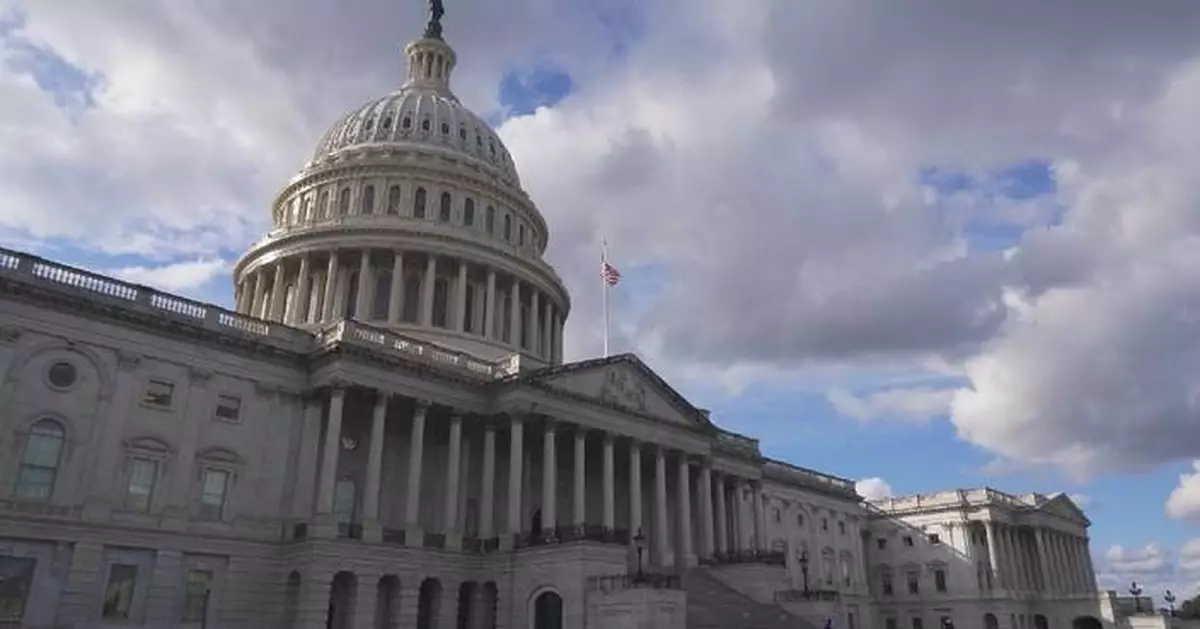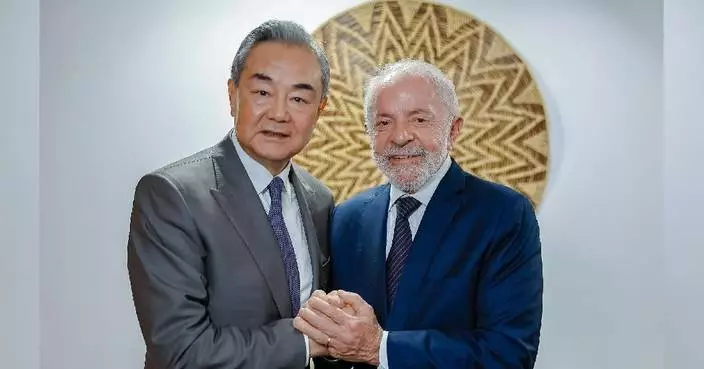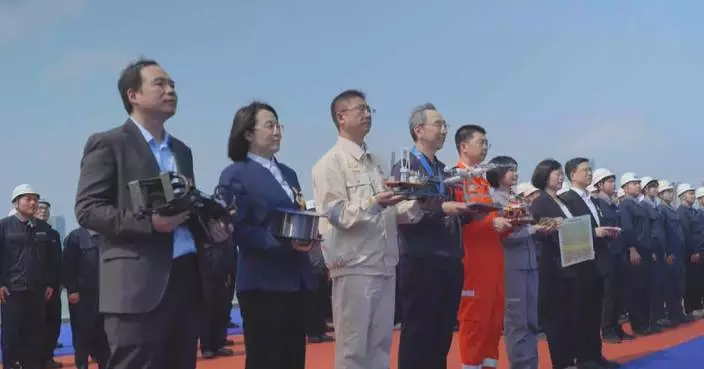U.S. Defense Secretary Pete Hegseth shared detailed information about forthcoming strikes in Yemen on March 15 in a private Signal group chat that included his wife, brother and personal lawyer, The New York Times reported on Sunday.
Hegseth shared the flight schedules for the F/A-18 Hornets targeting the Houthis in Yemen, said the report, citing four anonymous sources with knowledge of the matter.
On the same day, Hegseth also sent a message in another Signal chat - one that included The Atlantic's editor-in-chief, Jeffrey Goldberg - sharing operational details about impending strikes on Yemen, scheduled to occur within two hours, Goldberg revealed in an article on March 24.
Hegseth's wife, Jennifer, a former Fox News producer, is not a Defense Department employee, while Hegseth's brother Phil and his personal lawyer, Tim Parlatore, both have jobs in the Pentagon, according to the report.
Unlike the chat in which Goldberg was mistakenly included, the newly revealed one was created by Hegseth, said the report.
Hegseth's use of the Signal messaging app to discuss military operations drew criticism and prompted a probe by the Defense Department's acting Inspector General Steven Stebbins.
Senate Minority Leader Chuck Schumer has called for Hegseth to step down, as he posted on social media platform X "Pete Hegseth must be fired."
Four officials in Hegseth's inner circle, including senior adviser Dan Caldwellm, left their posts over the past week.

US defense secretary shares attack details in 2nd Signal chat: report
U.S. tariffs on Cambodia, which were set at 49 percent, have sparked concerns among the Southeast Asian country's key export industries such as garment manufacturing amid the ensuing economic uncertainties.
On April 2, U.S. President Donald Trump announced the 49 percent "reciprocal tariff" on goods imported from Cambodia, the highest among all countries. Days later, the U.S. reduced the so-called "reciprocal tariff" to 10 percent for 90 days, offering a window period to Cambodia for negotiations with it.
Cambodian businesspeople say the tariffs have the potential to wreak havoc on the country's manufacturing sector, which, according to data from the World Bank, makes up around a fifth of the country's GDP.
"For U.S. manufacturers, definitely, there will be a big impact. If manufacturers are focusing on U.S. products, they are now in the middle. They don't know what they should do at the moment because the tariff now from Cambodia to the U.S. is actually quite high," said Dr. Ben Li, a Hong Kong investor in Cambodia and Chairman of the Cambodia Chinese Commerce Association.
Nevertheless, Li sees the tariff hike as an opportunity to export more Cambodian goods to the European Union, where a majority of Cambodian exports enjoy duty-free status.
"I always say there will be a light (at the end of the tunnel.) Even now, the U.S. tariff is so high, it's going to be so high after 90 days, we don't know. But, there's still a big market to Japan or to the European Union. There's still a big opportunity there," he said.
The Cambodian investor also believes the development of major infrastructure projects will help support Cambodia's economy.
"Especially the new canal and then the new airport, and the railways which connect to China. I believe once the logistics and infrastructure are built up, it can help the whole country's economy. By reducing the transportation costs, it can also mitigate the tariff costs," he said.
Cambodia and the U.S. held their first tariff negotiations on April 16, with more expected to follow. Local experts said the stakes are high for the country's workers.
"If this negotiation fails, there will be a significant impact. It will include the garment and travel goods sector. These sectors consist of about 1,068 factories and 930,000 workers. The income generated from these sectors is about 3 billion dollars per year. So it would significantly impact Cambodia's economy, jobs and incomes," said Chey Tech, a socio-economic research and development consultant from Dynamic Alliance Consulting.
Despite the potential risks, Tech expressed his optimism about a positive outcome, citing Cambodian Prime Minister Hun Manat's letter to Trump on April 4.
"The Prime Minister's letter confirmed that Cambodia would reduce the tariff rate for U.S. goods to 5 percent. Second, Cambodia is the least developed country. Third, Cambodia produces goods that the developed countries won't produce. We asked whether the U.S. would be able to produce these low-cost products. It cannot," said Tech.
In 2024, Cambodia exported goods of 9.9 billion dollars to the U.S., making it the country's largest market, accounting for 37 percent of Cambodia's total exports.

49-percent US tariffs sparks worry among Cambodia's key export industries




















































